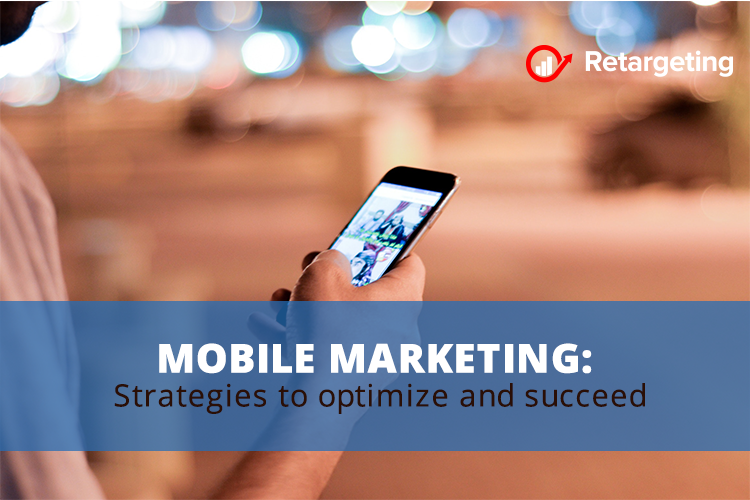
by Andra Coman | Mar 12, 2021 | Growth Strategies, Technology
What is a Tracking Pixel? We’ve all heard of pixels before. It takes many of them to form the text, images, or videos that we see on our screens. But these innocent colorful dots have no interest in your online activity whatsoever. Enter – the tracking pixel. Tracking pixels are snippets of code containing an external link to a dedicated server, which can be embedded in a webpage, email, or banner ad to collect information. They are generally tiny (creating a 1×1 pixel graphic), transparent, and hidden so they can discreetly monitor each of your online actions. They gather data on user behavior, cultural and geographic context, web traffic, and site conversions, providing key details for marketers. How does it work? When someone visits your website or opens your email, the HTML code is processed by their browser, following the link and opening the hidden graphic. This action is then identified and recorded in the server’s log files, allowing for different information to be transmitted. Some of the data points gathered by tracking pixels include: Visited webpages Time of visit In-session activities Operating system used Device type Screen resolution IP address If you think that sounds like a cookie, you’re almost right. Tracking pixels and cookies are in fact quite similar; that’s why they are often used in conjunction with one another. Both cookies and tracking pixels are used to monitor users’ online activity and provide personalized content (ads, recommended products, etc.). However, unlike pixels, cookies are browser specific, most often used for storing user credentials, which simplifies the login...

by Andreea Handoca | May 16, 2019 | Facebook Ads
Marketing strategies, materials, and products shouldn’t be viewed with the one-and-done mindset. There are so many ways you can use one aspect of your marketing to help several different strategies.

by Andreea Handoca | Nov 29, 2018 | E-commerce trends
With the constant growth of the mobile market, marketers need to be constantly on the lookout for ways to tailor their efforts to the mobile user. After all, recent statistics show that more than half of the 5.9 hours that people spend on the internet each day is through mobile devices.

by Andreea Handoca | Aug 30, 2018 | E-commerce trends
From the quality of a brand’s product to the management style of a business, there are numerous factors that can determine whether or not an e-commerce brand sinks or swims. But, the way in which you communicate with your customers is extremely important.

by Andreea Handoca | Jul 16, 2018 | E-commerce trends
A typical landing page enjoys conversion rates between 1% and 3%. However, the businesses that have these results are using SEO to increase the rate significantly. A landing page is an important element of your inbound marketing strategy, so the higher the conversion, the better.




